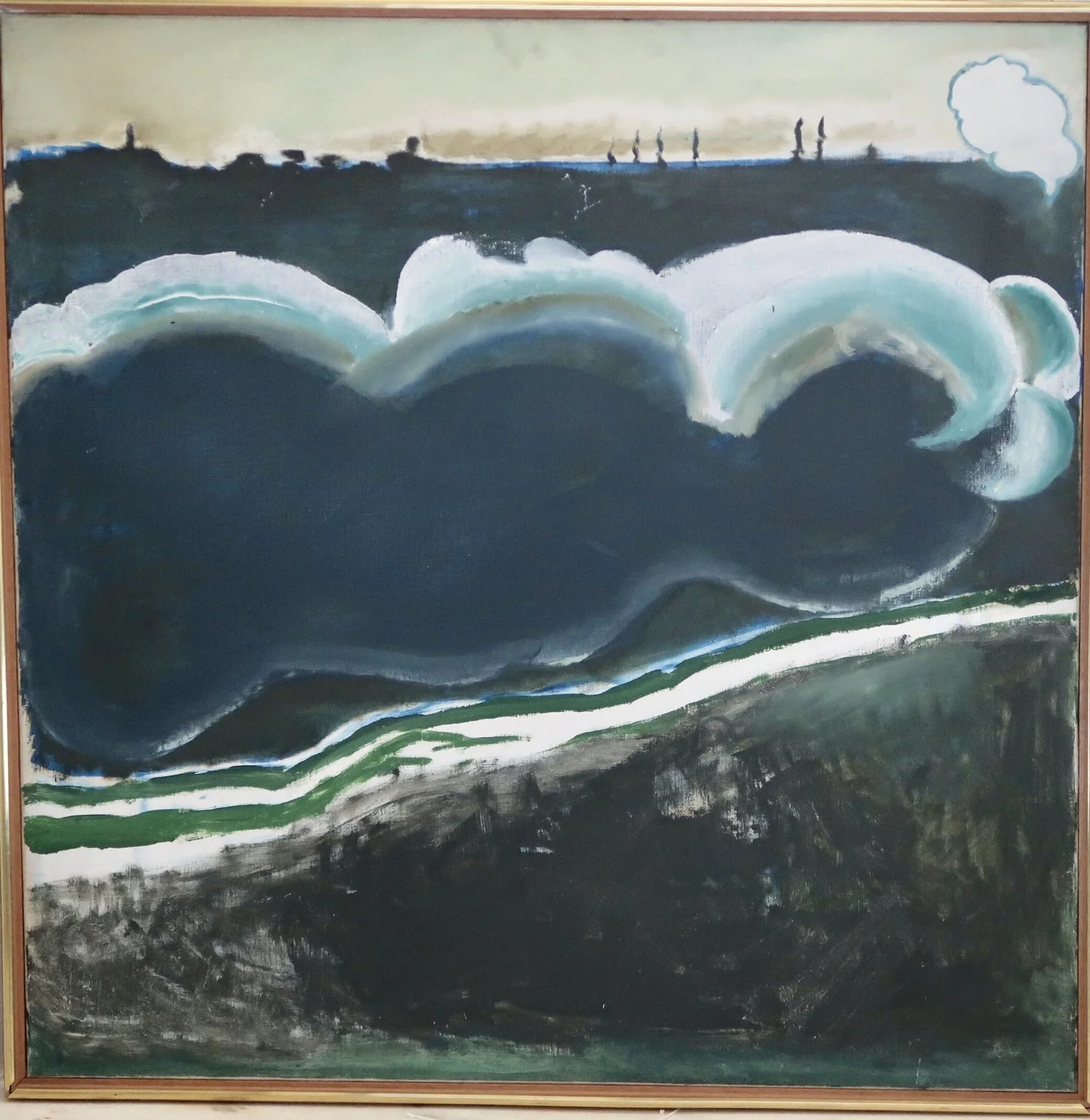Henry Inlander (9)
This painting is characteristic of the later phase of Inlander’s career during which he explored the relationships among form, landscape and colour. He was not, as some critics have suggested a figurative painter. Rather and more importantly, he struggled with the relationship between figuration and abstraction. He was interested in the paradoxes of representation. Any scene can appear to be natural but most scenes in painting are constructed from the imagination of the artist. Inlander never painted in situ and always used his studio as an environment to imagine the scenes he painted. At the same time, the paintings are often seen as reproductions of the Italian landscapes he loved that negate the fact that he was never interested in realism. If this seems paradoxical then the painting below is an example of the extent to which he was ready to find the essence of a scene. That is the clue to something more profound, which is that he always tried to represent his emotional response to landscapes, an author who also examined his authorship, likes, dislikes and choices.

